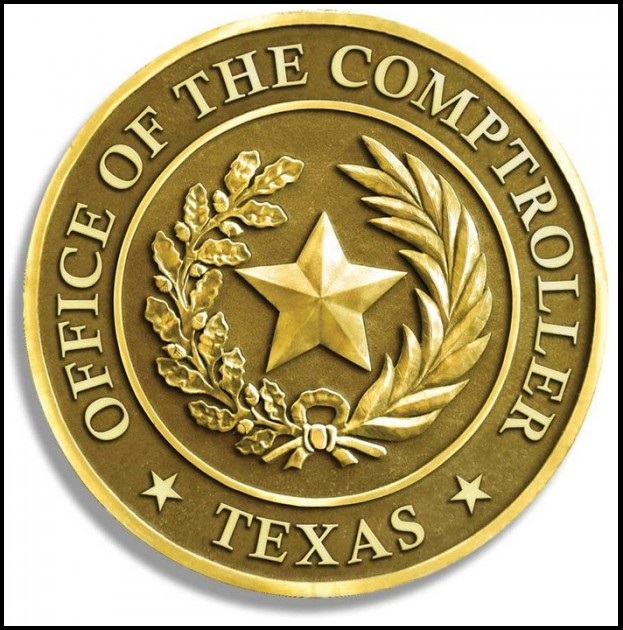(AUSTIN) — The extraordinary economic factors that have given the 88th Legislature an unprecedented amount of money for general-purpose spending also are generating record-high revenues for Texas’ Economic Stabilization Fund (ESF), the state savings account that’s commonly called the Rainy Day Fund.
In the March issue of Fiscal Notes, the Comptroller’s office looks at the Rainy Day Fund, which they projected to surpass $27 billion by fiscal 2025, a drastic uptick from less than $11 billion at the close of fiscal 2022. It means the fund could reach the upper limit of its constitutionally mandated balance for the first time in its nearly 35-year history.
“The revenue increases we have seen truly have been historic and unprecedented. We have never experienced anything like this, and I don’t think we’ll witness anything like this in the future,” Texas Comptroller Glenn Hegar said. “Although the ESF has a historically high balance, this money belongs to the people of Texas, and we must always prepare to use those funds to address their needs. I am glad to see that lawmakers are giving careful thought to how Texas puts this tremendous asset to work for Texans.”
This issue of Fiscal Notes also looks at the important mile markers the state Broadband Development Office (BDO) has reached on the road to connecting every Texan to high-speed internet, whether it be the release of the inaugural statewide broadband plan last year or the broadband development map early this year. Since its inception, the BDO has been busy corralling dollars from various state and federal funding sources, so it can award grants, low-interest loans, and other financial incentives that will help fulfill broadband planning goals.
Fiscal Notes – It has furthered the Comptroller’s constitutional responsibility to monitor the state’s economy and estimate state government revenues. It has been published since 1975, featuring in-depth analysis concerning state finances and original research by subject-matter experts in the Comptroller’s office.








 EastTexasRadio.com Powered by Ten Stations
EastTexasRadio.com Powered by Ten Stations







